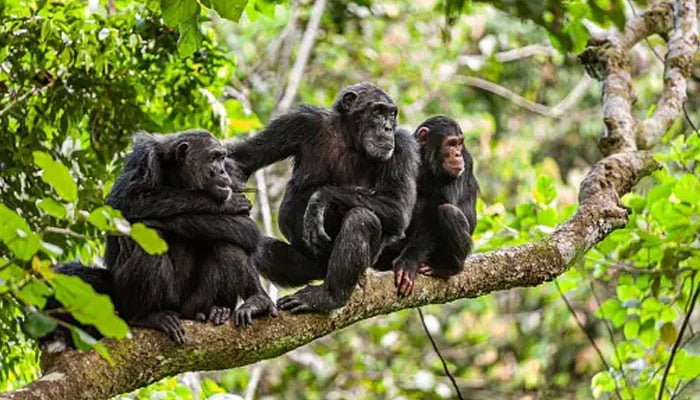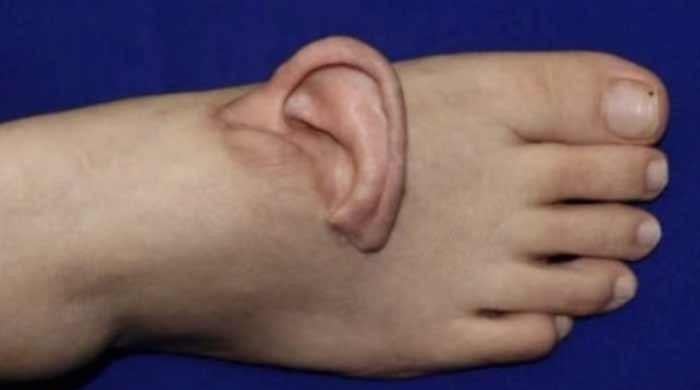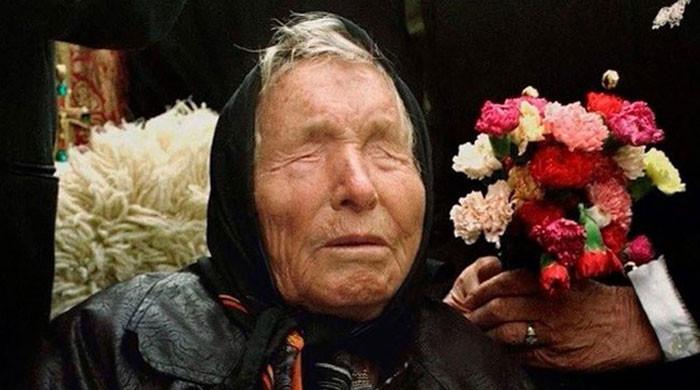Study reveals yet another similarity between humans and chimpanzees
Chimpanzees and humans already share 98.8% of same DNA but new study unveils another similarity
July 23, 2024

Scientists have already made it quite clear that chimpanzees and humans share 98.8% of the same DNA and a new study has revealed that they might as well learn to share conversation, too.
According to a New York Post report, citing a recent study published in the journal Current Biology, chimpanzees send "rapid fire" gestures back and forth to one another, in the same cadence as people do.
"We found that the timing of chimpanzee gesture and human conversational turn-taking is similar and very fast, which suggests that similar evolutionary mechanisms are driving these social, communicative interactions," said first study authour Gal Badihi.
Researchers analysed over 8,500 gestures made by ape species in East Africa and found that 14% of their communications involved gesturing between two chimpanzees.
Most exchanges were in two parts, but some extended up to seven different types of gesturing.
The researchers also observed similar timing to human conversational reactions at about 120 milliseconds between engagements.
"We did see a little variation among different chimp communities, which again matches what we see in people where there are slight cultural variations in conversation pace," added Badihi.
The shared traits could be traced back to shared ancestral mechanisms, according to the report.
"Human conversations may share similar evolutionary history or trajectories to the communication systems of other species suggesting that this type of communication is not unique to humans but more widespread in social animals," said Badihi.
However, there are plenty more questions that need to be answered, such as "when these conversational structures evolved, or why".
"To get at that question we need to explore communication in more distantly related species — so that we can work out if these are an ape-characteristic, or ones that we share with other highly social species, such as elephants or ravens."









